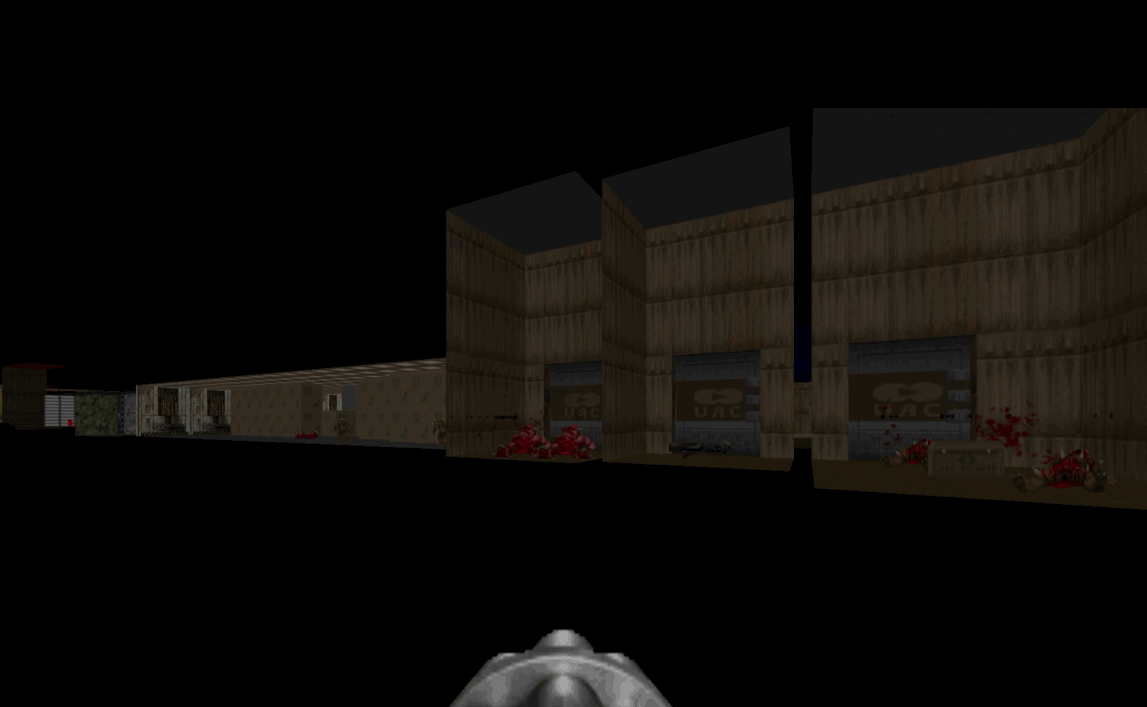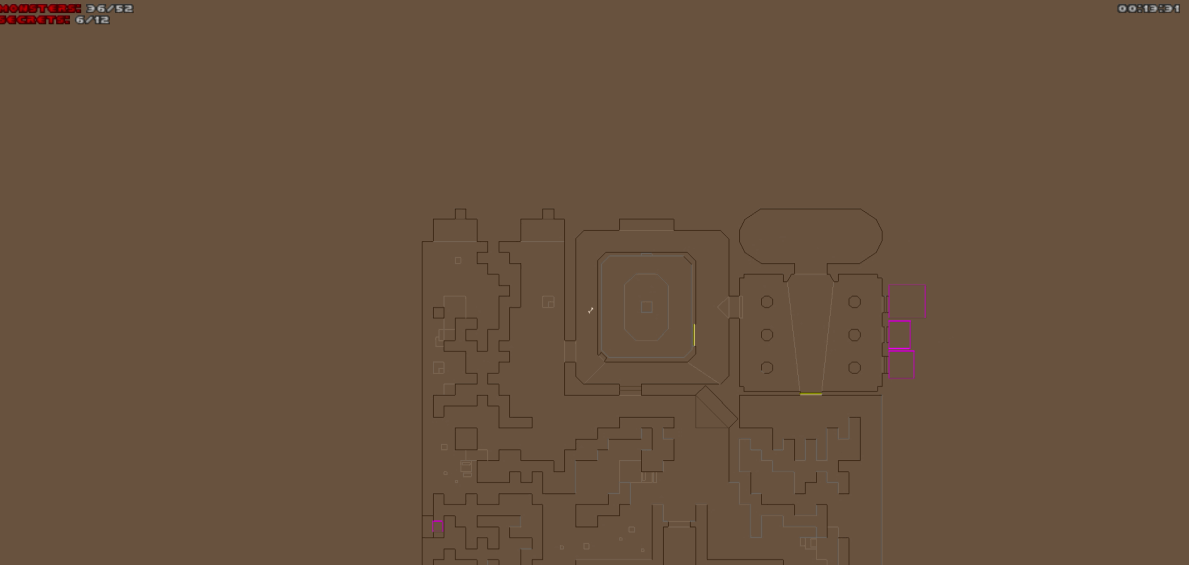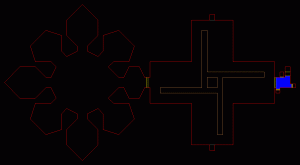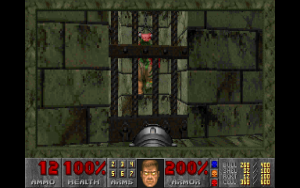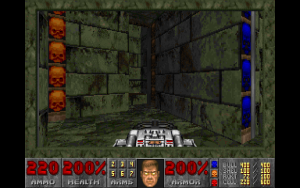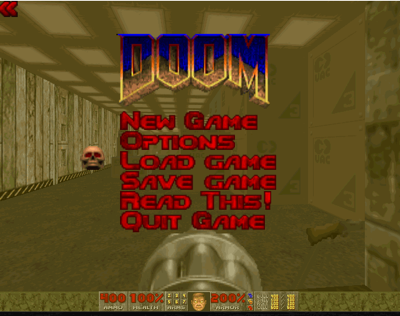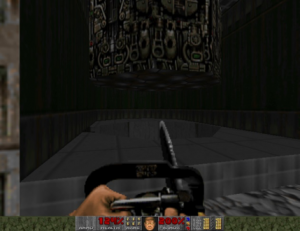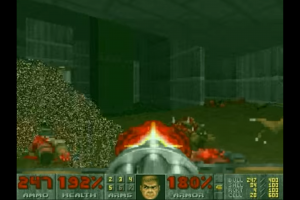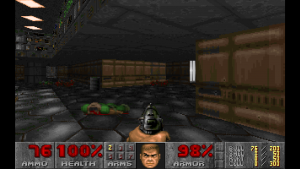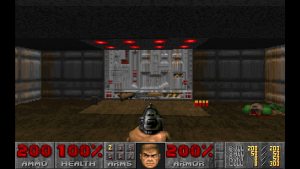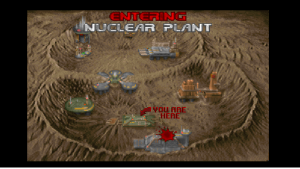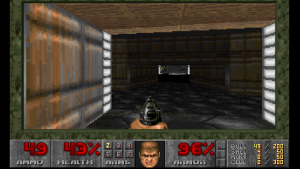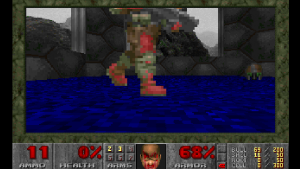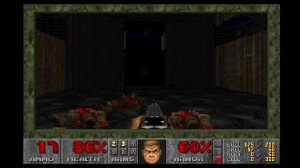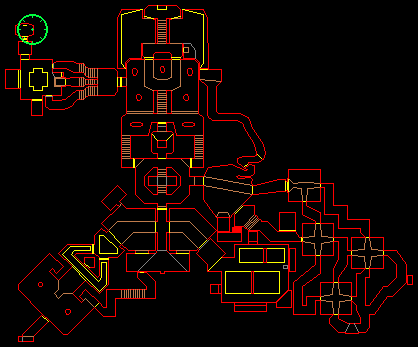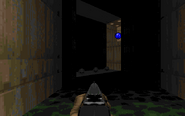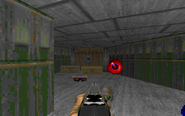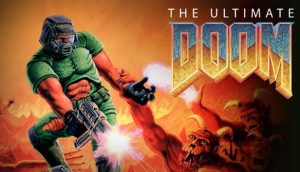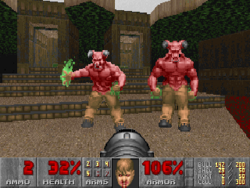Playing Doom was definitely a ‘new’ experience, in the sense that, despite it being an older game, it is entirely novel to me. A lot of the mechanics caught me off guard, such as the lack of a Y-axis for aiming and the amount of speed that the game allows your character to move at.
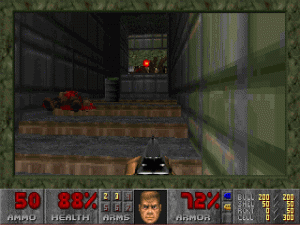
(Why can I shoot those fools above me from the ground???)
In addition, setting up the game itself was a pain, with me having bought the Steam version, but then having to go in and tinker with the game files due to mouse controls being bugged. Despite my struggles, I did develop an appreciation for the level design of the game, with that being, in my opinion, one of its crucial strengths.
In particular, level 6 is by far the most interesting level I’ve played as of yet because the level design emphasizes one of the key elements of Doom that I feel helped propagate its popularity. Throughout the level, enemies are plentiful, especially the invisible demons that are not only hard to see on a computer that isn’t running the game very well (like mine), but also take tons of hits to kill. That being said, the best design decision made with the placement and frequency of enemies in this level was to orient them around corners and behind walls, in order to induce jumpscares as well as scale the difficulty and encourage a new way of playing.
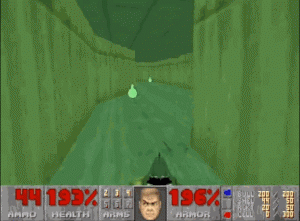
(An example of the tight corridors with startling enemy placements.)
The jumpscares resulting from placing demons around tight corners in maze-like areas is one of the strongest points as to why the game became popular, because it elicited the strongest responses out of players both in terms of action and fear. The small adrenaline rush that came from being spooked by a demon round a corner and proceeding to empty 30 rounds into the hallway was one of the best moments in the entire game. Every time I was in the cramped mazes, I felt the need to save at every corner due to more enemies shaving hp off of my total health, and I ended up saving myself into a corner with only 1% left. I then had to keep reloading the same state while I tried to kite the monsters and kill them quickly so I could find health kits, all while terrified that I would run into an invisible demon out of nowhere and then have to reload the save.
All in all, it was a fun experience, despite its learning curve and various bugs, and definitely inspired me to finish the other episodes on my own time, now that I’ve acquired a taste for the demonic.
P.S. Try listening to Gorillaz’ Demon Days while playing this, the walk animation lines up with a lot of song tempos which makes for a funny experience.
